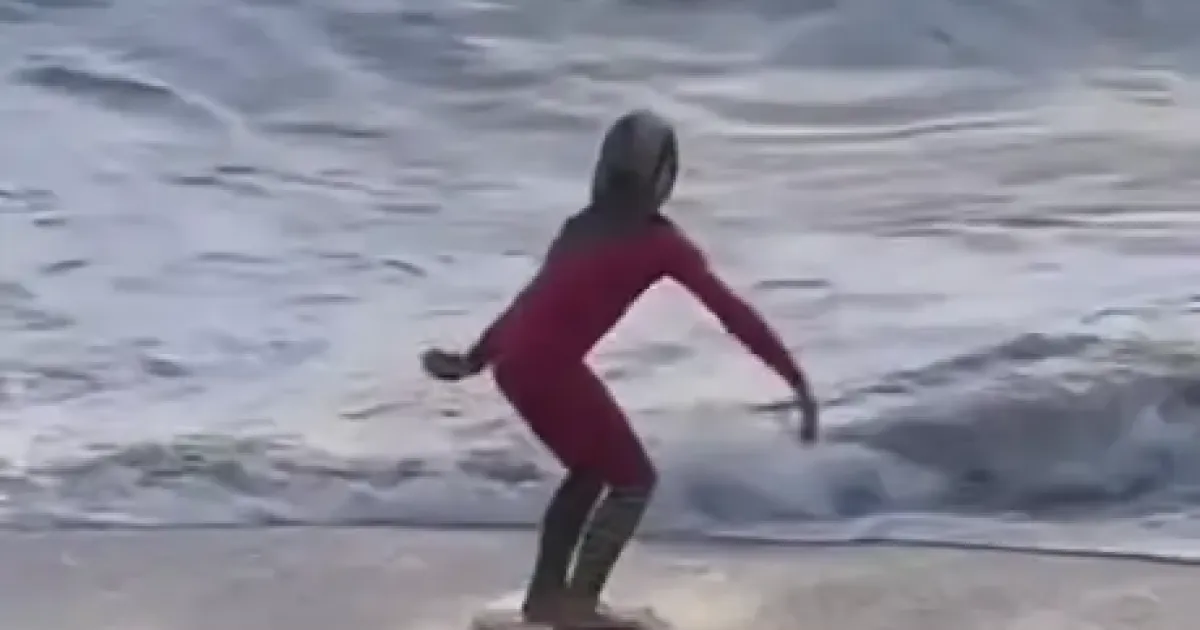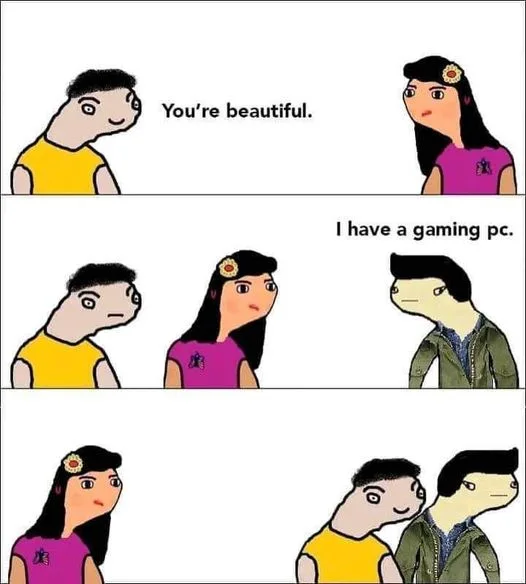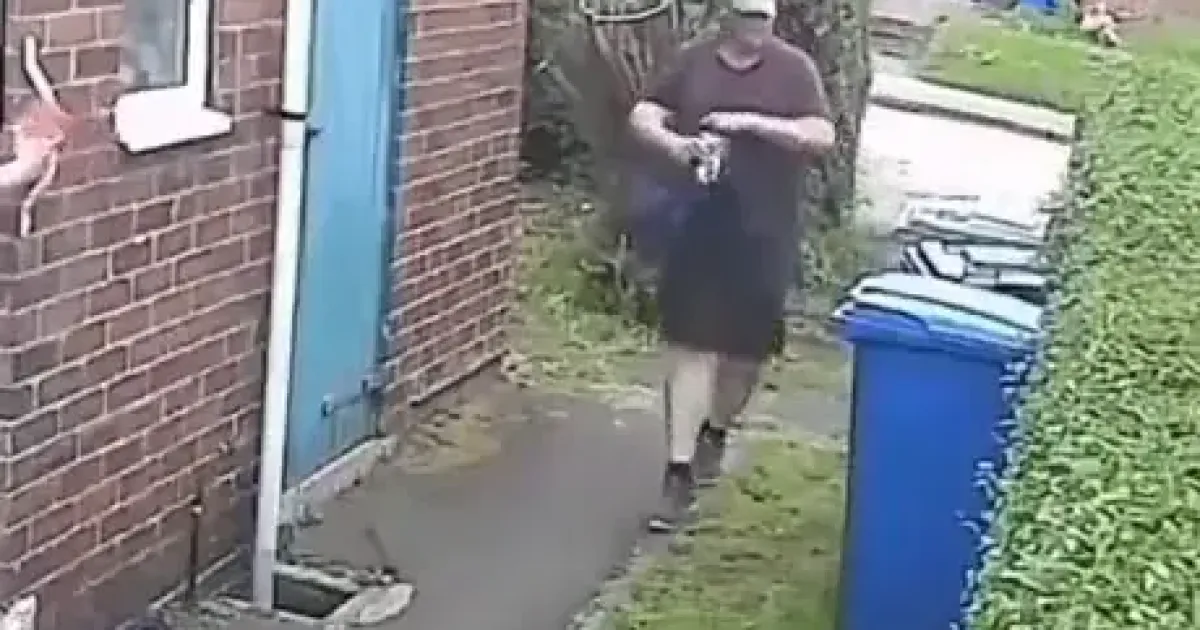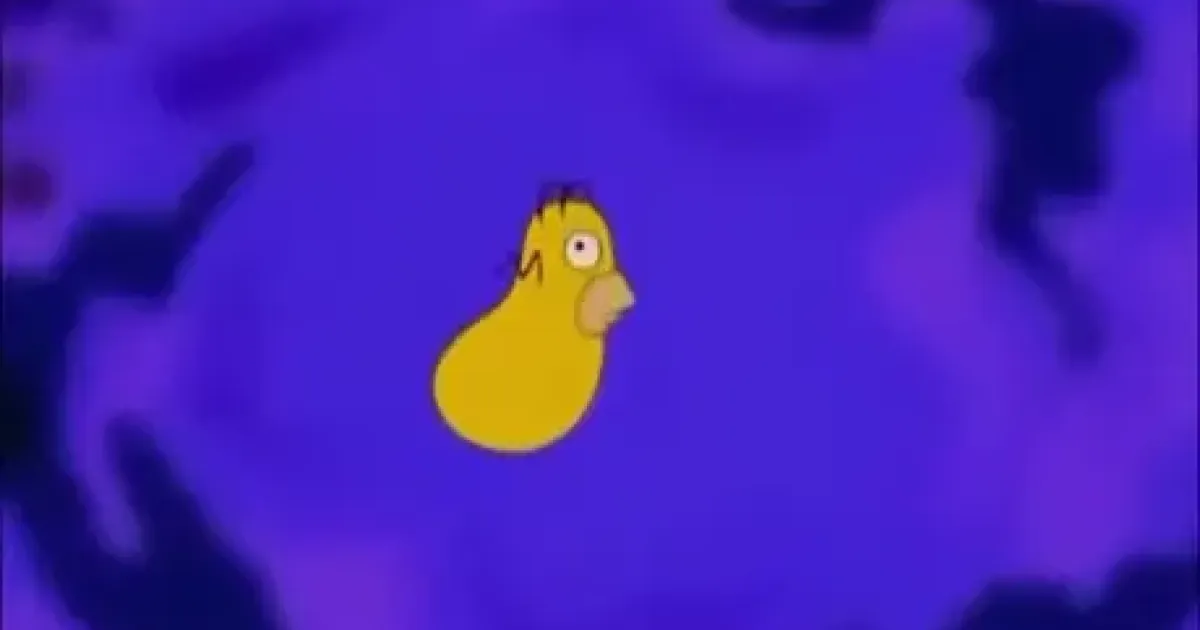
📢🚨🔥🔥WW3 is just around the corner!!!
📢🚨🔥🔥WW3 is just around the corner!!! Russia and China must take a stand, on the attack on 3 Iranian Nuclear Facilities. Russia & China must also do the same to Israel by destroying their nuclear reactor sites & blowing up their nuclear missile production warehouses!! 🚧🔥🔥🔥
#news #community #update #global #unite #revolution #palestine #GCSC #endtimes #prophecy #civilsociety #ww3 #GreatReset #bunker
Read More...

Them: "What are you talking about? I never said that"
Me: Checking Screenshots on my archives
#ScreenShot #Archives
Read More...






























